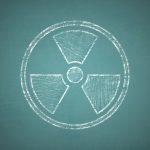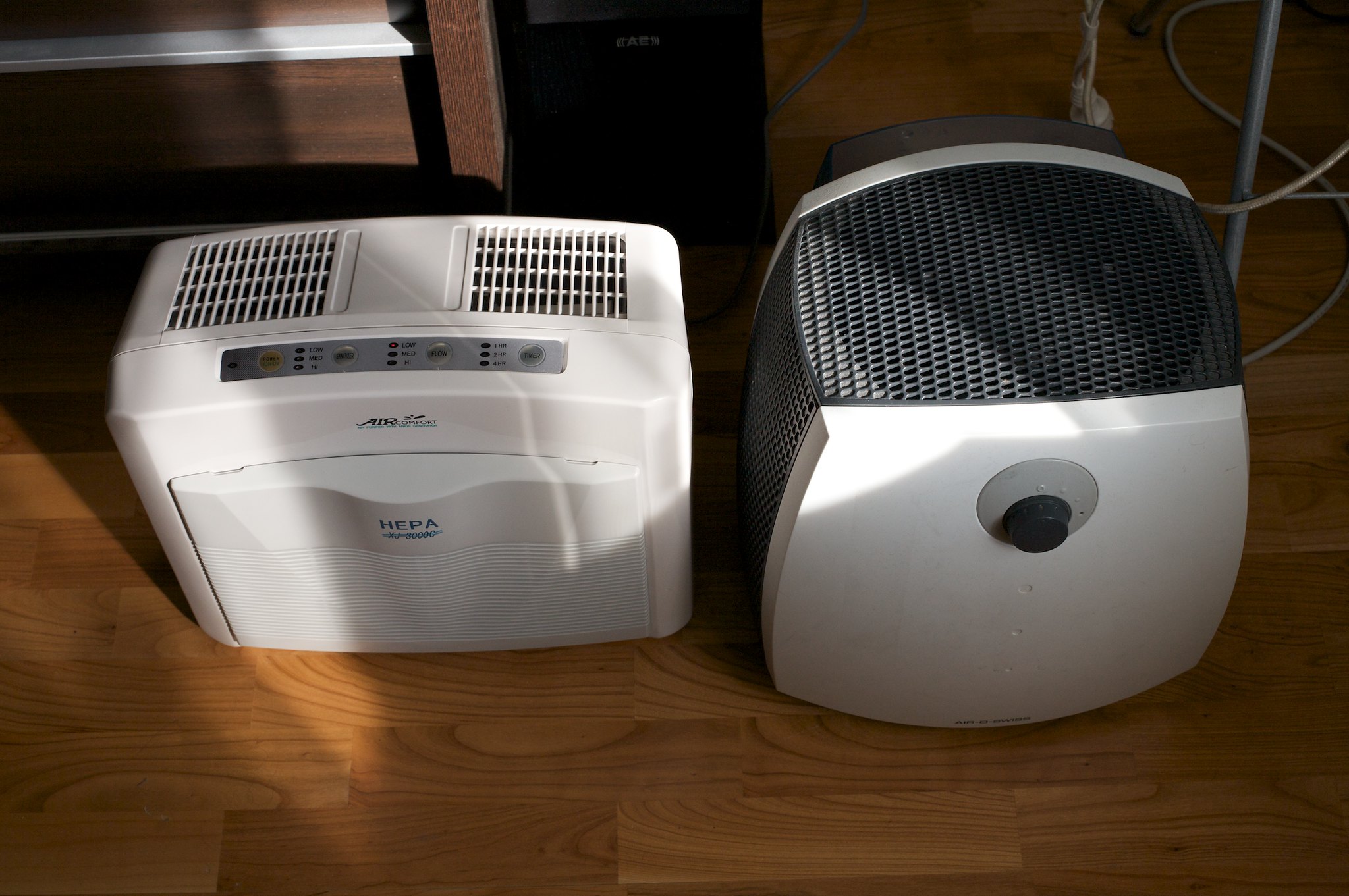Ultraviolet light is highly effective at reducing mold and bacteria when it is targeted and allowed to remain focused on its intended target.
But the problem remains. How can that translate to cleaning air since there is no way to actually target air?
Are UV air purifiers effective? How so?
Table of Contents
Do air purifiers need UV?
Most air purifiers work independently of UV and do not need or require UV to operate. The most common purpose of Ultraviolet light in an air purifier is as a method of sterilizing the filter to prevent it from becoming populated with live bacteria and germs.
But the air purifier will still work without the UV.
But… Another type of UV air purifier that DOES require UV to work is Photo catalytic Oxidation.
Also called PCO and tio2 air purification, these air purifiers create a reaction between Ultraviolet light and Titanium Oxide that produces an ionic plasma that kills mold spores and bacteria.
UV is central to the operation of these air cleaners and they will not work if the uv bulb is burned out.
Photocatalytic oxidation is commonly used in the Central AC ductwork. Which ties into the next way UV is used in air cleaning.
The third way UV is most commonly used in air purification is the HVAC system.
In this case, ultraviolet lamps are used to destroy mold and germs inside of the central heat and air system before they get a chance to enter into the home through the ductwork.
This is done by targeting the UV sterilizing lamp primarily onto the evaporative coils and drip pan in the air handler.
Though this method of air cleaning with Ultraviolet light works well,
It is not entirely necessary because both the AC coils and drip pan can be cleaned and maintained by making sure there is not any stoppage in the drain line that would cause moisture to build up in the drain pan and ultimately produce mold.
In other words it can be kept clean without the use of UV and ultraviolet light is not a component needed for a AC to run.
Photocatalytic induct air purifiers can also be inserted into the plenum and ductwork to destroy mold and bacteria inside of the air handler.
 This is one of the best uses of UV air purification because it essentially turns the HVAC Central Heat and Air system into a whole house air purifier.
This is one of the best uses of UV air purification because it essentially turns the HVAC Central Heat and Air system into a whole house air purifier.
Though these UV induct air purifiers are usually on the expensive side, the expense does not even compare to what it would cost to place air purifiers throughout the house.
But there is one downside to this method is that the blower on the HVAC needs to stay on throughout the year.
Not too much of a problem in the winter and the off months but running the fan continuously when the AC is on does not allow the dehumidification function of the AC to work properly resulting in more humidity in the house.
The reason for this is that the condensation created in the air conditioning coils evaporates back into the house instead of exiting the house through the drain line.
One the main concerns when it comes to UV air purifiers is the danger of ozone being produced by the lamp.
Which begs the question ” Does UV remove odors?” since ozone has a distinct sharp odor when it is created.
The answer is the type of UV used in filtration air purifiers is not in the range to create ozone and is further protected by the type of glass that the UV is encased in.
This type of UV will help reduce the musty odors caused by mold and mildew without producing the smell of ozone.
PCO- tio2 UV induct air cleaners typically create more ozone because of the photocatalytic oxidation process. But the amount is below the .05 ppm acceptable level of ozone put in place by the EPA.
And though the musty smell of mold as well as other odors can be expected to be minimized with the UV PCO air purifiers, it is likely that the smell of ozone will be noticeable.
Many stand alone Photo Catalyst air purifiers like Molecule and Air Oasis use a UV that creates little to no ozone.
But it is also worth noting that companies like Oasis that used full ozone UV bulbs in their machines in the past also were able to make the claim that their units cleaned up to 3000 sq ft.
But with reduced ozone bulbs have reduced the amount of air that can be cleaned to areas more like 300 to 500 sq ft.
Recap
The typical UV air purifier is basically just a HEPA filter based air cleaner that has a ultraviolet light aimed at the filter to keep bacteria and germs from living and growing in the filter.
This type of air purifier can work without a UV lamp as it is not necessary to the primary function of the air purifier which is to filter contaminants from the air.
But in the case of HVAC air purification and photo catalytic oxidation induct air purification, the UV is Central to the ability to function of the air purifier to clean the air.
If the UV Burns out on a photo catalytic oxidation air purifier then your air purifier will not work until the UV is replaced.
In the case of an HVAC UV system, the UV is basically used as a sterilizer targeted on areas of the air handler that can produce mold.
If the UV lamp is broken or burned out, it will not do anything to aid in the this process and will have to be replaced.
 Do I need a UV light for my air conditioner?
Do I need a UV light for my air conditioner?
The air conditioning and heating system works independently from any type of UV device and does not need an Ultraviolet lamp to operate properly.
Out of the three methods in which UV is successfully utilized in air purification, PCO induct air purifiers make the most sense because they essentially turn your HVAC central heat and air unit into a whole house air purifier that cleans the air every time it cycles on and off.
The only downside is that it requires the fan on the AC to run continuously which can result in a humid house when the air conditioning is in use.


 Do I need a UV light for my air conditioner?
Do I need a UV light for my air conditioner?





